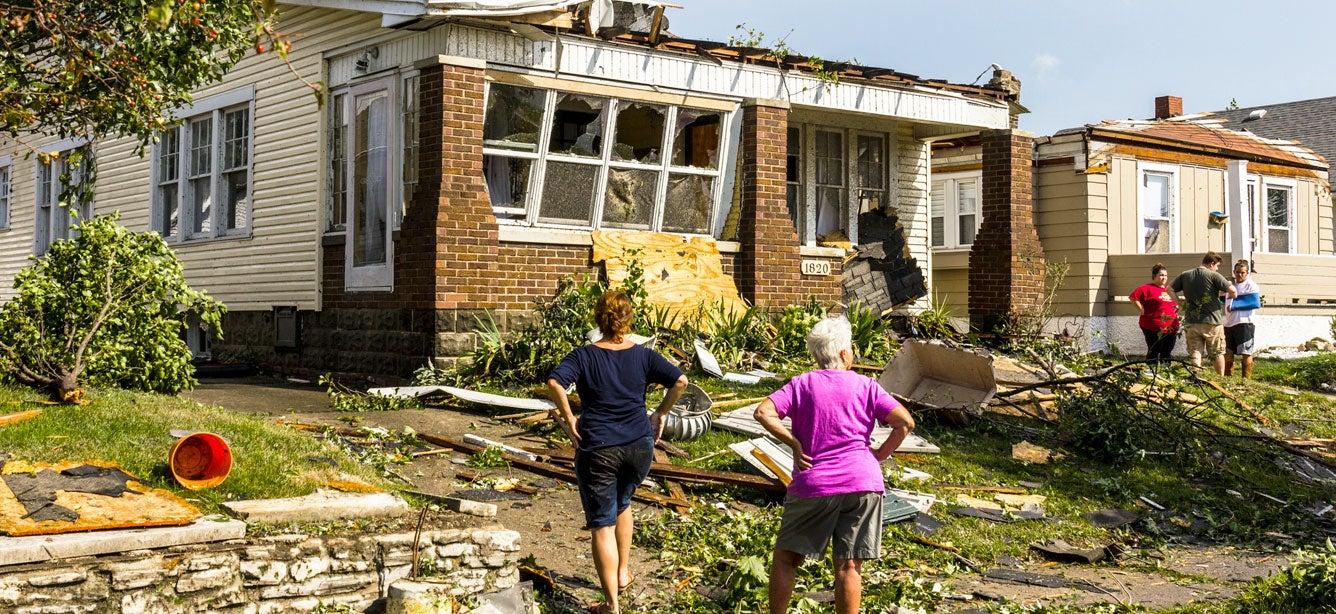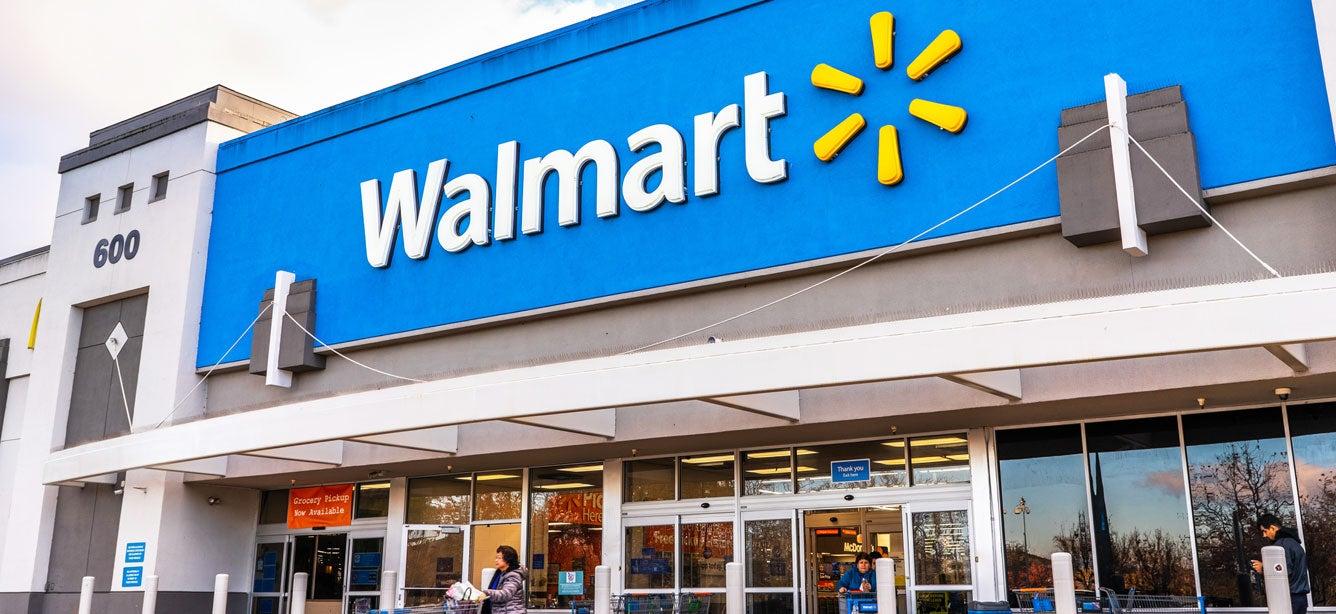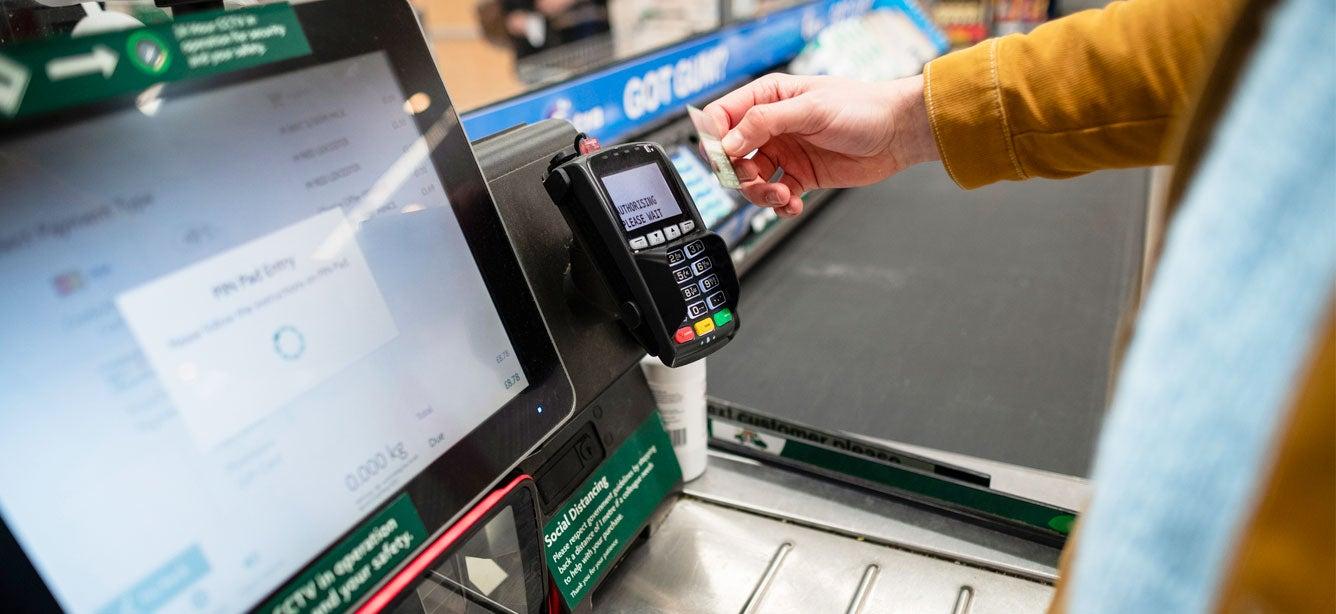
Related Topics
In early April 2025, a wave of severe thunderstorms spawned an outbreak of 150 tornadoes across 14 states, stretching from the South to the Midwest. These aggressive storms destroyed countless homes and businesses, leaving residents to grapple with unimaginable physical and financial devastation.
The Disaster Supplemental Nutrition Assistance Program (D-SNAP) was created to help people recover from catastrophic natural disasters like this.
What is D-SNAP?
Like traditional SNAP, D-SNAP provides electronic food benefits for households in need. The difference is that D-SNAP is designed specifically for people whose disaster-related expenses might prevent them from buying food. Also known as “disaster food stamps” or “disaster SNAP,” D-SNAP is delivered at the state level as part of its disaster response.
Before setting up D-SNAP in a disaster area, a state must receive an Individual Assistance declaration from the president. In addition, it must receive approval from the U.S. Department of Agriculture (USDA) Food and Nutrition Service (FNS). The state has a limited period, typically one week, during which they can accept D-SNAP applications from community residents.
"The importance of disaster food stamps lies in their ability to quickly provide emergency aid to people who may have lost their homes, their income, or access to food due to a disaster," said Jen Teague, NCOA Director for Health Coverage and Benefits. "These benefits help ensure people have access to nutritious food while they’re recovering from a very challenging situation.”
What are the qualifications for D-SNAP?
Even if you don't qualify for regular SNAP benefits, you might qualify for D-SNAP if you:
- Must pay to evacuate your home or relocate
- Lost your source of income due to a disaster
- Are facing home or business repairs due to a disaster
- Must pay for temporary shelter costs
- Lost food due to power outages or flooding
- Suffered a disaster-related injury or illness
If you already receive regular SNAP assistance and your state establishes D-SNAP in an emergency, you can request a supplemental benefit. To qualify, you must have experienced disaster-related losses and your monthly SNAP benefits must be less than the monthly maximum.
If you qualify for disaster SNAP, you can expect to receive benefits within three days. These benefits are delivered via an electronic benefits transfer (EBT) card, which you can use to purchase eligible food items at most grocery stores.
What are the D-SNAP income limits for 2025?
To be eligible for D-SNAP, you must meet certain income and asset requirements. Your household’s after-tax income plus its accessible liquid resources (e.g., cash, savings and checking accounts, stocks, bonds) during the disaster benefit period, minus unreimbursed disaster-related expenses, cannot exceed the Disaster Gross Income Limit (DGIL) for that household size.
For fiscal year 2025 (Oct. 1, 2024 to Sept. 30, 2025), the DGIL for the 48 contiguous U.S. states and the District of Columbia* is as follows:
| Household Size | Income Limit | Allotment |
| 1 | $2,171 | $292 |
| 2 | $2,620 | $536 |
| 3 | $3,068 | $768 |
| 4 | $3,529 | $975 |
| 5 | $4,015 | $1,158 |
| 6 | $4,500 | $1,390 |
| 7 | $4,948 | $1,536 |
| 8 | $5,397 | $1,756 |
| Each additional member | +449 | +$220 |
*D-SNAP income limits differ for Alaska, Guam, Hawaii, and the U.S. Virgin Islands.
Some examples of deductible disaster-related expenses include:
- Temporary shelter costs
- Home or business repairs
- Evacuation or relocation services
- Disaster-related personal injury
- Lost income or no access to income
- Food loss (in some cases)
State agencies can streamline D-SNAP eligibility determination by applying the Disaster Standard Expense Deduction (DSED). This formula uses a standard monetary amount for a household's disaster expenses if that household has unreimbursed disaster expenses equal to or greater than $100. Households whose only disaster-related expense is food loss don’t qualify for the DSED.
If a household’s expenses exceed the DSED, the actual cost of disaster expenses is used when determining eligibility for D-SNAP.
How long do D-SNAP benefits last?
Unlike traditional SNAP, disaster SNAP is a short-term disaster recovery assistance program. Eligible households receive one month of benefits. This amount is equal to the maximum SNAP benefit amount typically issued to a SNAP household of the same size.
How do I apply for D-SNAP benefits?
If you're in an area hard-hit by a natural disaster, look for information regarding D-SNAP availability in your local media and press. You can also contact your nearest SNAP office for further details on disaster SNAP and how to apply for benefits. In some states, you can pre-register for disaster food stamps online to make the application process easier.
Other kinds of emergency SNAP benefits
There are additional circumstances in which youmight qualify for emergency SNAP assistance. These benefits and the process for obtaining them may vary from state to state:
- Expedited SNAP benefits: These are delivered to eligible applicants within seven days (or sooner, in some states). You may be issued expedited benefits for one month while you have your full SNAP application reviewed.
- Replacement SNAP benefits: If you currently receive SNAP, you can apply for replacement SNAP benefits if you lost food purchased with your SNAP EBT card. This loss must be due to a power outage (at least 24 hours) or another household incident.
Learn more about SNAP for yourself—or an older adult you know
Are you familiar with the benefits of regular SNAP? The average payment for a one-person senior household is $1088 per month,1 which can be used to buy everything from fresh fruits and vegetables to milk, meat, cheese, and snacks. This life-changing program empowers older adults to buy the foods they need to stay healthy, whether it’s on a regular basis or during trying times.
Clara, age 61, is a great example of SNAP’s positive impact. When a hurricane hit and she was without power for three days, she lost all her food and sustained damage to her roof. In addition to visiting a local emergency food distribution center, Clara signed up for SNAP benefits and was approved.
"I couldn't believe how easy it was to apply," Clara told NCOA. "I never realized I'd qualify, even before the storm."
Don’t assume you don’t qualify for SNAP—you may be surprised to find out you do. Visit BenefitsCheckup.org to learn more about SNAP eligibility requirements. You can also browse other benefits programs that could help you stay healthy and independent.
Source
1. USDA. Characteristics of Supplemental Nutrition Assistance Program Households: Fiscal Year 2023. April 2025. Found on the internet at https://fns-prod.azureedge.us/sites/default/files/resource-files/snap-FY23-Characteristics-Report.pdf




